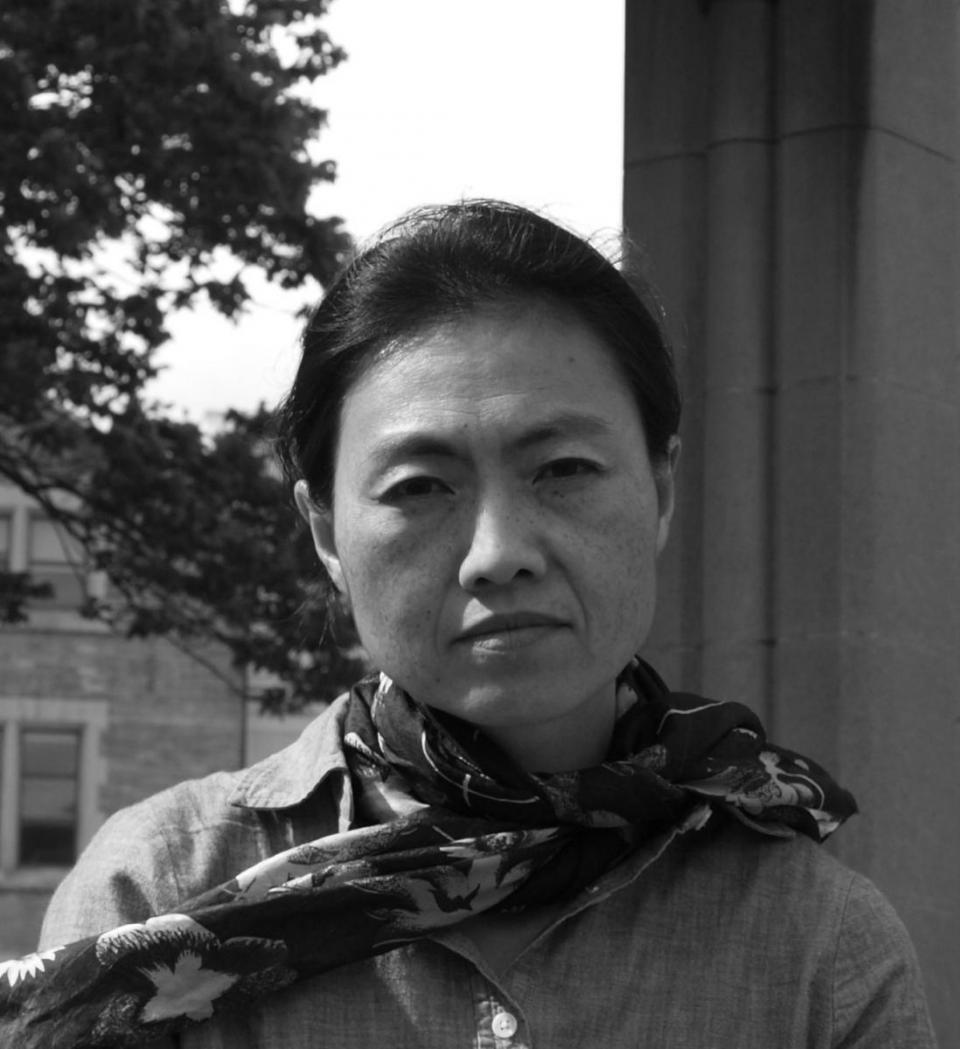Curie Virag
I am applying to stay on at the CEU-IAS as an Affiliated Fellow for the academic year 2014-2015. During this year I will continue work on my book project, "Emotions in Medieval China," which I began writing in the spring term of 2014 as an IAS Humanities Initiative Fellow. I hope to see this project to completion. The topic that I would like to focus on and develop as an important part of this book project (but also as part of another on-going project that deals with the intersection of ethics and visual practice in medieval China) is that of movement – movement as a phenomenon in the natural world and cosmos,as an attribute of animate creatures including human beings, and most importantly, as a value connected to human freedom and agency. In medieval China, beginning with the late 3rd century C.E., movement became articulated as an aesthetic value, reflecting the artist's capacity for knowledge, and embodiment of the most distinctive and vital qualities of the natural world. This discourse of movement went hand-in-hand with a new interest in landscapes as the subject of poetry, calligraphy, music and painting, and of the theories of these various arts. I would like to explore what the value of movement as articulated in medieval China might express about the nature of thinking about the self and human possibilities, and how this value is bound up with evolving ideas about the human body and psyche, the patterns and processes of the natural world, and forms of the ethical life.

